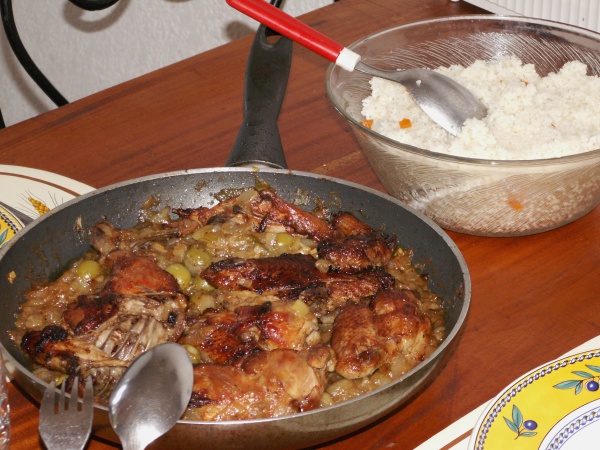Facts About Senegalese cuisine
Senegalese cuisine is a captivating fusion of West African, North African, French, and Portuguese influences. This vibrant blend can be attributed to the nation's diverse ethnic groups and the spread of Islam in the 11th century. As a former French colony with an extensive Atlantic coastline, Senegal boasts a rich culinary tradition, especially notable for its seafood.
The typical diet in Senegal features a variety of proteins such as fish, chicken, lamb, peas, eggs, and beef. Due to the predominantly Muslim population, pork is generally avoided. Staples like peanuts, couscous, rice, sweet potatoes, lentils, and a variety of vegetables are commonly used. These ingredients are often stewed or marinated in herbs and spices and served alongside rice or bread.
When it comes to beverages, Senegalese people enjoy fresh juices made from local fruits such as bissap (hibiscus), ginger, bouye (baobab fruit), and mango. Expect desserts to offer sweet and rich flavors that blend local ingredients with French culinary influences. Popular dishes include Thieboudienne (rice with fish), Thiébou yapp (rice with meat), Yassa (marinated chicken or fish with onions and spices), and Maafe (meat or fish in a tomato and peanut butter sauce). For dessert, offerings like Thiakry (couscous pudding) and Cinq Centimes (peanut cookies) are common.
Popular beverages in Senegal include bissap (hibiscus juice), dakhar (tamarind juice), and gingembre (ginger brew). Local beers like Gazelle and Flag are also enjoyed, although alcohol consumption is limited due to the predominantly Muslim population. Tea, known as Attaya, is a favored beverage often served in a ritualistic manner.
Senegalese cuisine is a beautiful reflection of the country's rich cultural heritage, combining a variety of flavors, ingredients, and cooking techniques that make every meal a unique experience.

 Mauritania
Mauritania